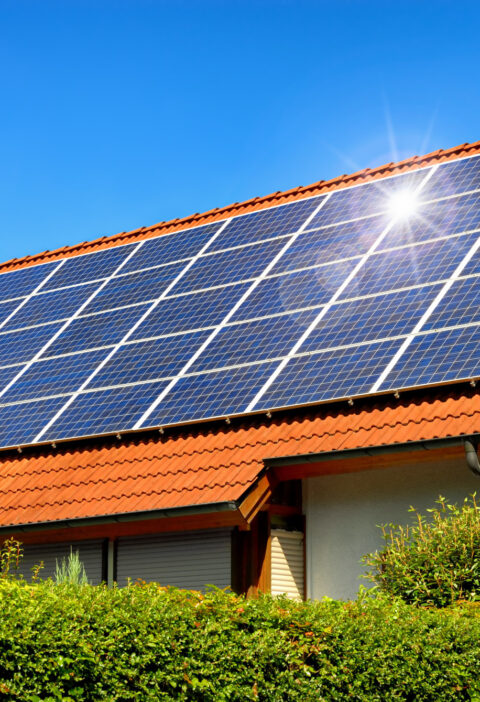The cost of installing solar panels has never been more affordable, with average installation prices today around 70% lower than 10 years ago. Along with the environmental benefits of solar, today’s installation costs are a key reason why more and more American households are making the switch to solar energy.
The federal solar tax credit has played an important role in driving the solar industry boom. If you are considering installing solar panels on your property, but are unsure of what the solar tax credit is and how it works, then this article is for you.
Let’s take a look at how the solar tax credit can help you achieve energy independence for you and your family.
What Is the Federal Solar Tax Credit?
Put simply, it is a financial incentive for homeowners to make the switch to solar energy. Currently, the solar tax credit stands at 26%. It had been due to drop to 22% this year, however, thanks to new legislation, the 26% rate will remain until at least the end of next year.
After 2023, the solar tax credit is due to expire, though there is hope that the government will further extend it with future legislation. Given that this is far from certain, now is certainly the most opportune time to install solar panels on your property.
How Can Homeowners Claim the Credit?
To claim the tax credit, it is necessary to complete form 5695 when lodging your tax return. Once you calculate the amount that you are eligible for, you should enter it on form 1040. Moreover, you can even file a simple tax return for free depending on which platform you use to file taxes.
As long as homeowners have tax liability during the year in which the solar panel system was installed, they will be eligible for the solar tax credit. It is important to note that you must be the owner of the system to be eligible for the credit.
If you lease the system from a solar company, you will not be eligible for the credit (rather, the solar company will be). That is why it is best to purchase the system outright, as you will save more money in the long run.
If you are interested in making the switch to solar energy and taking advantage of the 26% federal solar tax credit, be sure to check out https://blueravensolar.com/cost-of-solar/.
Guide to the Federal Solar Tax Credit
There are many incentives for homeowners to make the switch to solar energy. The 2 primary benefits are cost savings over the course of the system’s lifespan and reducing your family’s carbon footprint.
The federal solar tax credit makes it easier for homeowners to afford the installation of a system. Given that the current 26% credit is due to expire at the end of 2022, it is recommended that you take advantage of this rate by installing solar panels as soon as possible.
Like this blog post on solar panel savings? Be sure to check out our other informative articles on a wide range of interesting topics.







